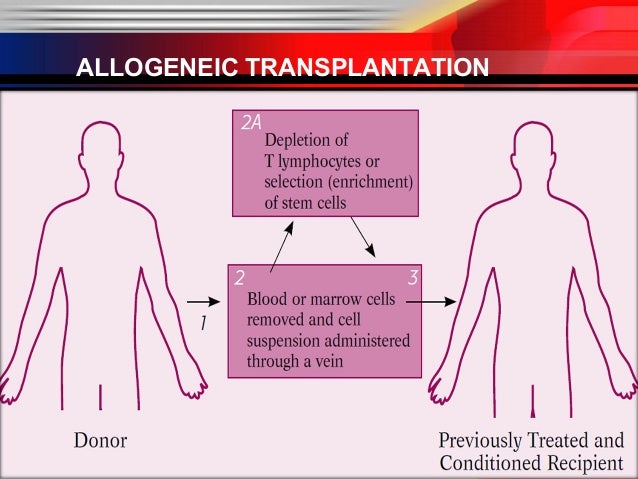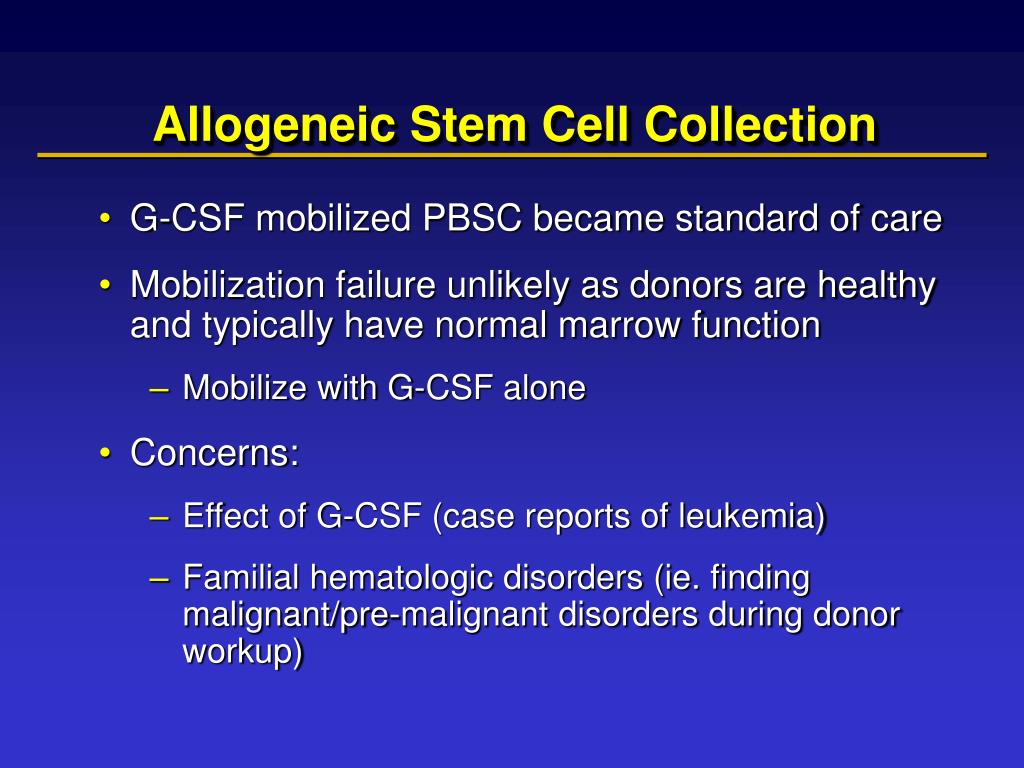
The result is the beginnings of a mouse in a dish with properly organized cells and tissues. Using their expertise in developmental biology and building on their previous work using cells from fish embryos (published in the journal Science in 2014), the Thisses solved these problems.

Prior models failed to develop properly, or weren't organized correctly, or were plagued by other problems. To accomplish this, the Thisses and their collaborators had to overcome some of the greatest challenges in the stem cell field. In the Thisses' model, different cells types are woven together elegantly and correctly - a huge achievement. Most importantly, those structures are organized as they should be, around the notochord (the precursor of the vertebral column), a defining trait of vertebrate animals. It is the first in vitro model of a mammalian embryo with so many tissues to be built from stem cells, the researchers report.

The Thisses' new model is notable for its sophistication. It is far easier to direct the formation of a single cell type in a dish than to conduct the orchestra needed to have an organism develop as in nature. But building sophisticated models with multiple cell types has proved incredibly challenging.

So scientists have been eager to harness the potential of stem cells, to put them to work to advance medical research and benefit human patients. For example, stem cells turn into our hearts, our brain, our bones, our nerves. Stem cells are special cells that can turn into other cell types with specific functions. The embryo-like entities we have engineered using stem cells are providing just this." The only way to have all the variety of cells necessary to the formation of functional organs is to develop systems in which all precursor cells are present. However, this tube is not enough to make a functional gut because this organ contains other components, such as smooth muscles, blood vessels and nerves that control the function of the gut and which are made from cells of a different origins. Models of this tube in a dish have been made and are called gut organoids. "The gut, for example, is made from cells that form an hollow tube.

"What is amazing is that we can get the variety of tissues that are present in an authentic mouse embryo."īernard Thisse, PhD, who is also part of the Department of Cell Biology, noted the significance of the advance: "Human organs are made of multiple cell types that originate from different parts of the growing embryo," he said. In response to this controlled instruction, the aggregates develop into embryo-like entities in a process that recapitulate the embryonic steps one-by-one," explained Christine Thisse, PhD, of UVA's Department of Cell Biology. "We found a way to instruct aggregates of stem cells to initiate embryonic development. Its existence is a wonder that will help scientists understand mammalian development, battle diseases, create new drugs and, eventually, grow tissues and organs for people in need of transplants. This new model, developed at the University of Virginia School of Medicine by Christine and Bernard Thisse, is a major step forward in scientists' efforts to mimic the natural development of a mammal by using stem cells.


 0 kommentar(er)
0 kommentar(er)
